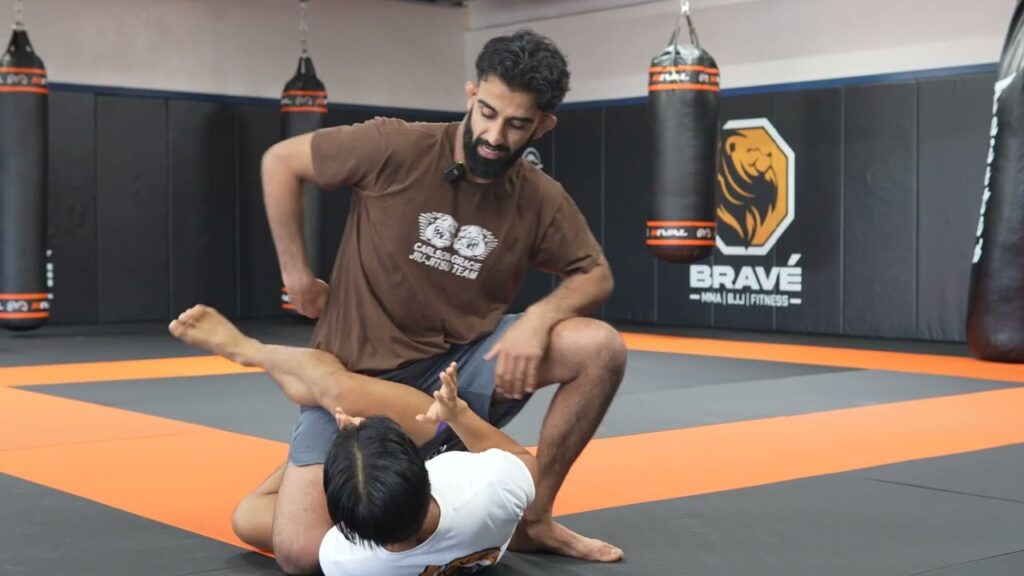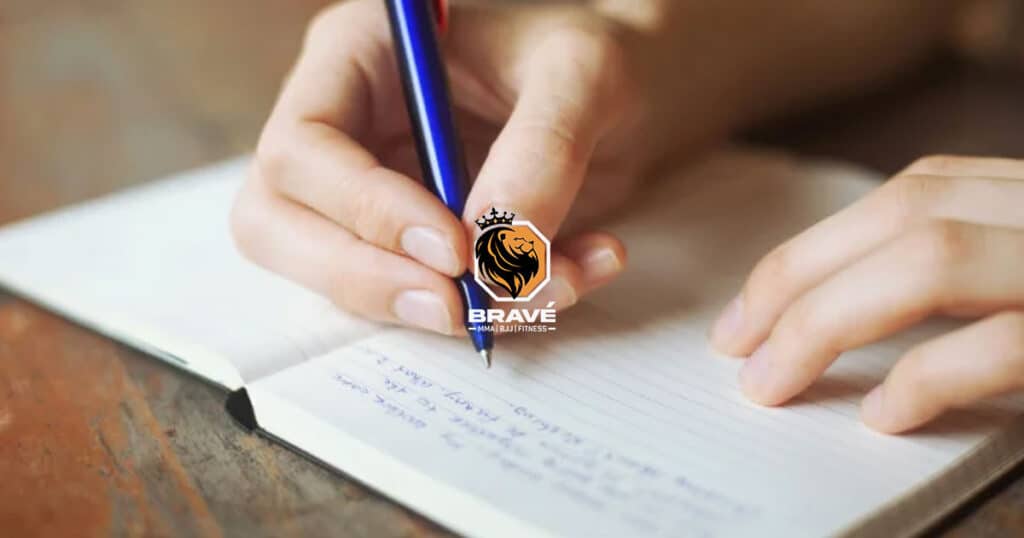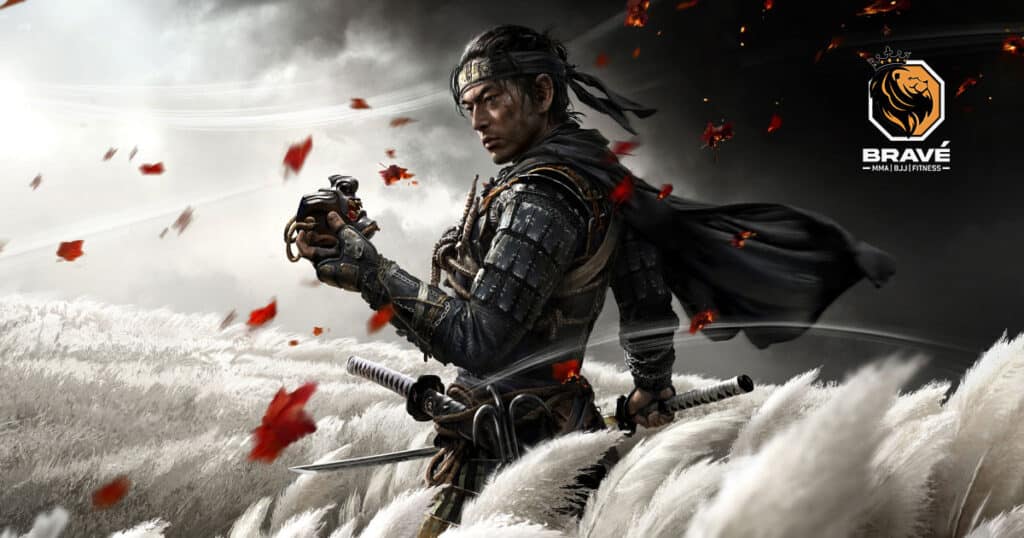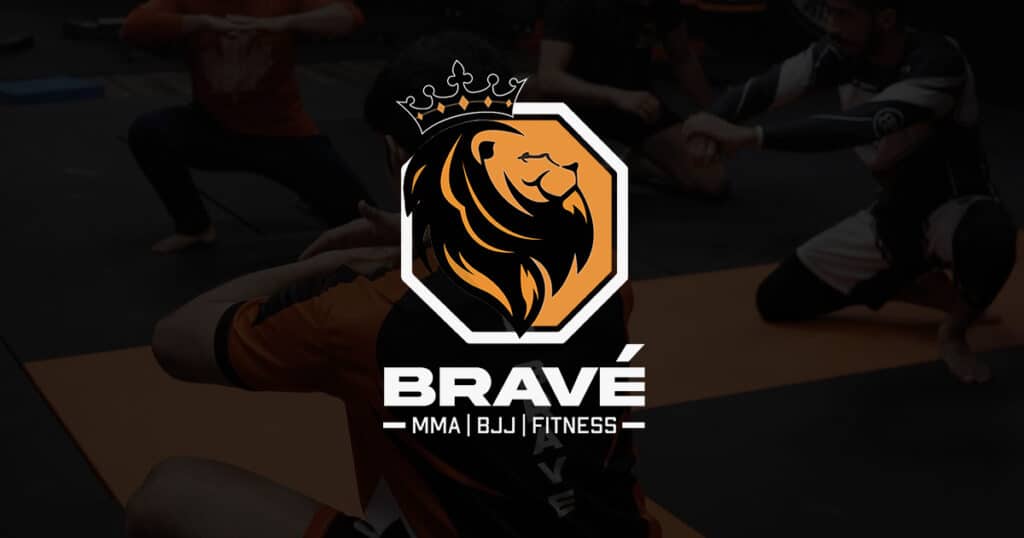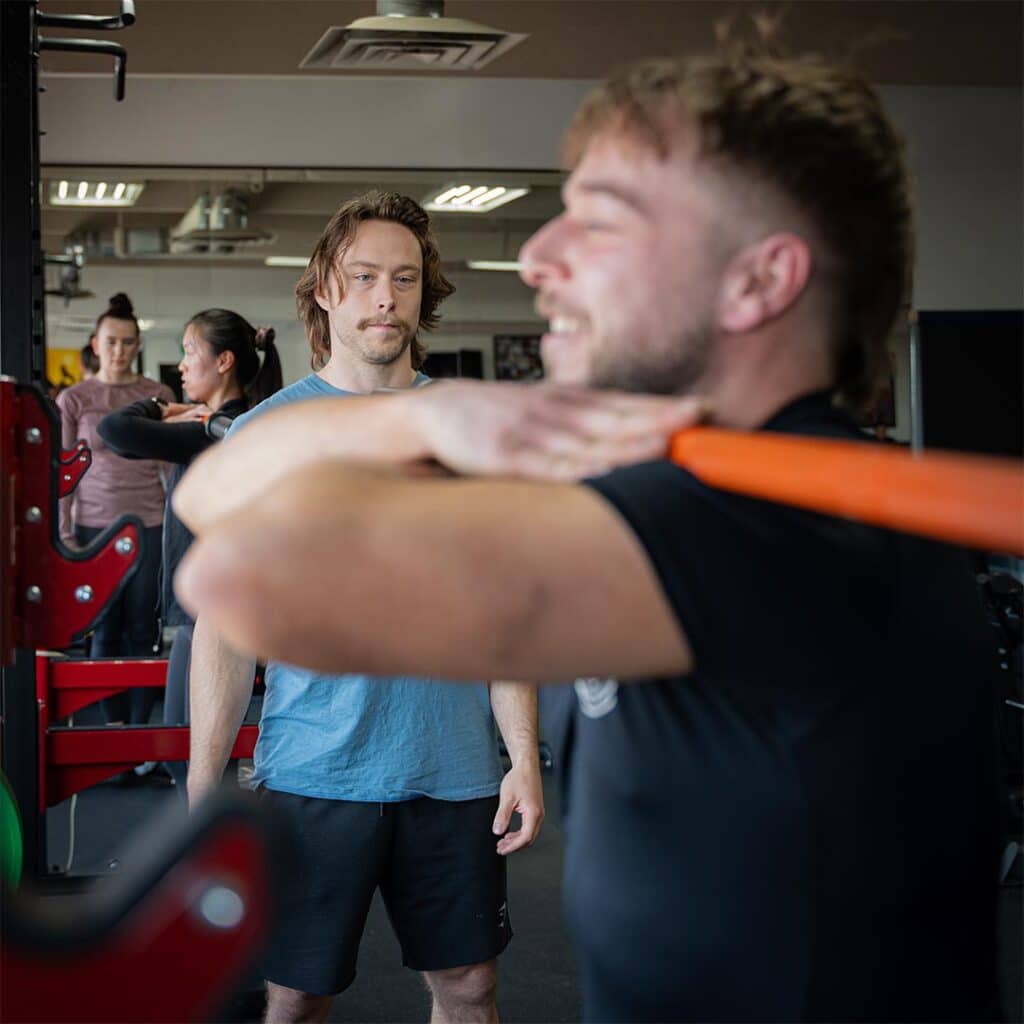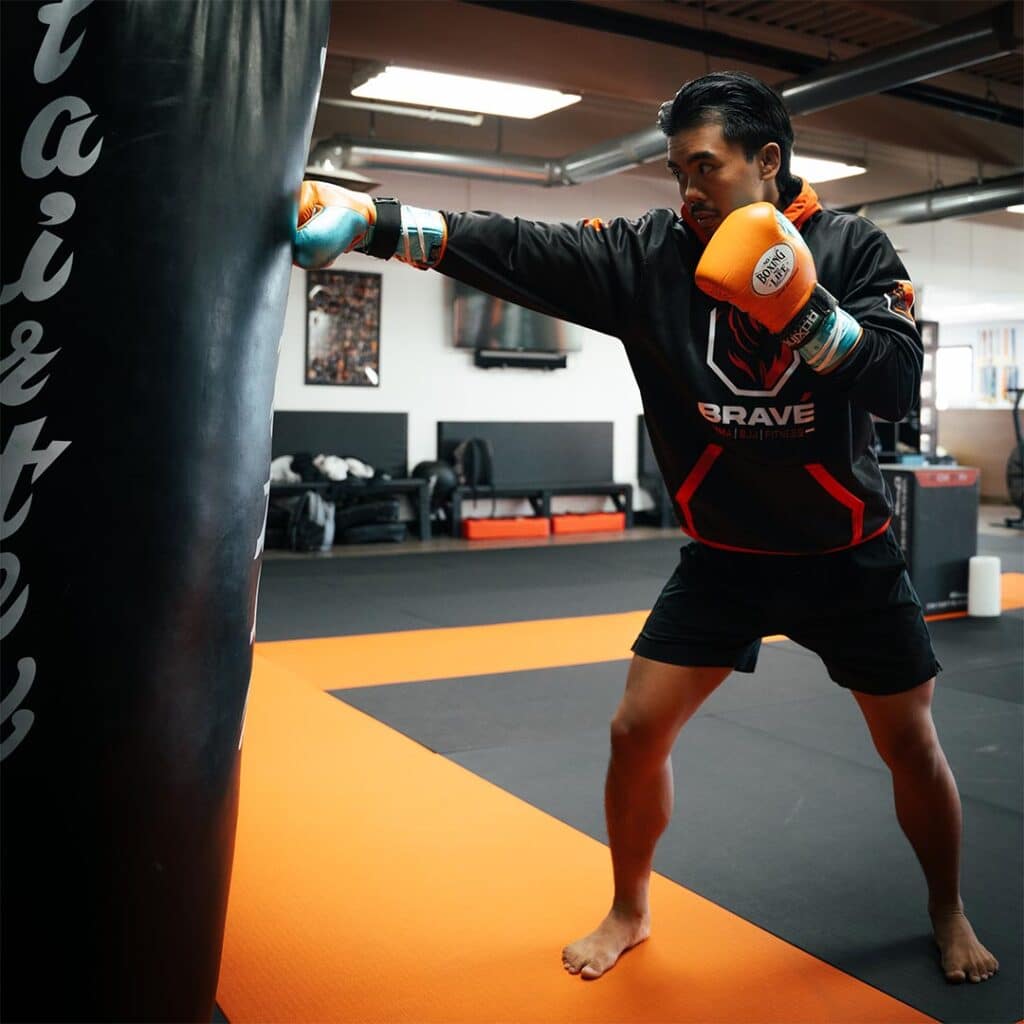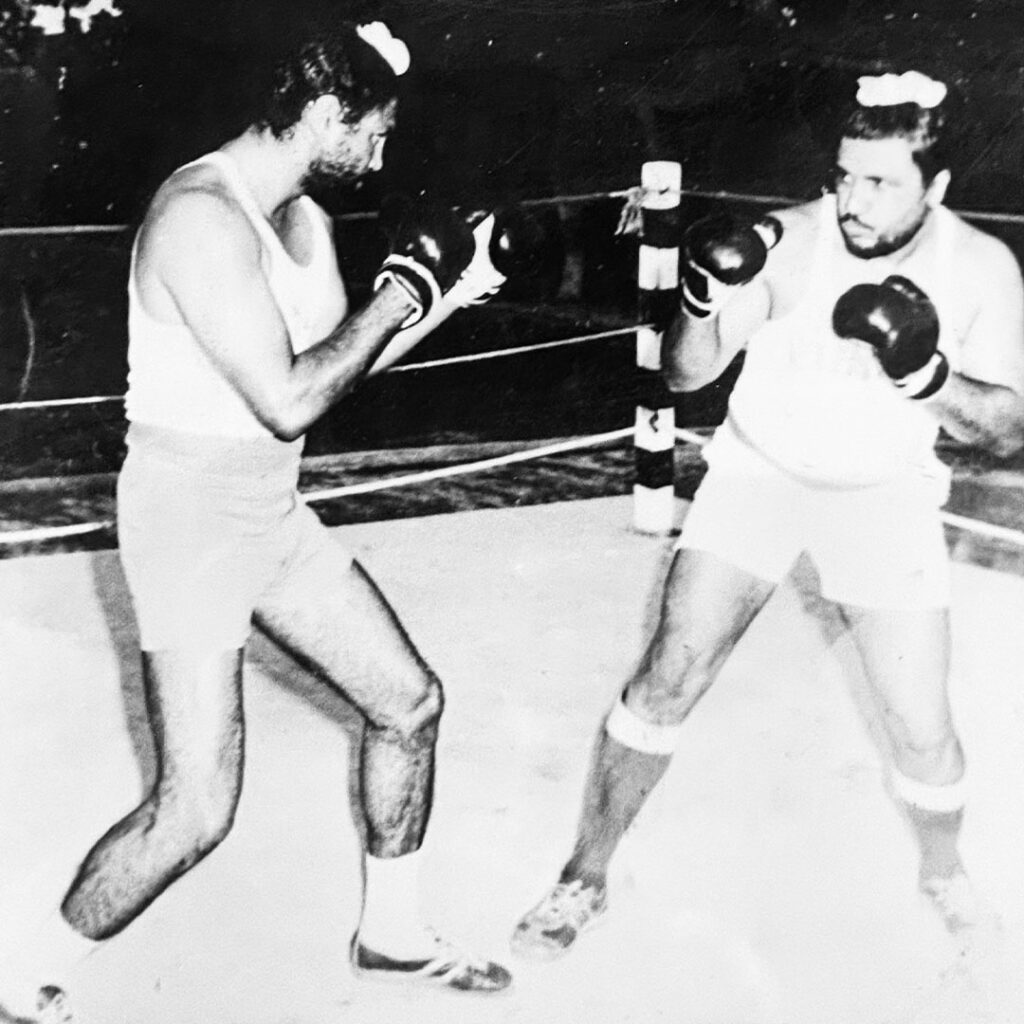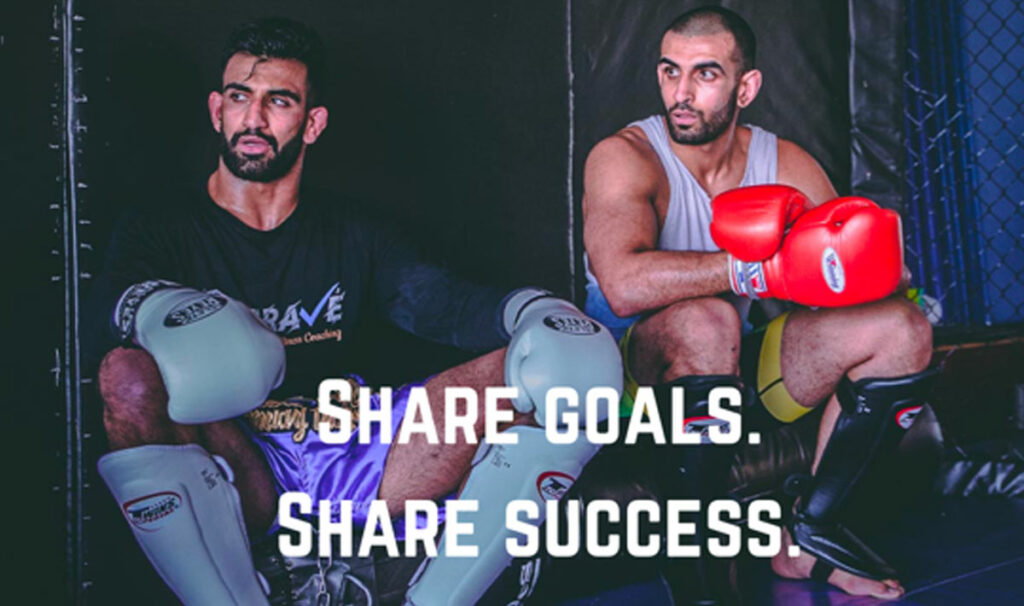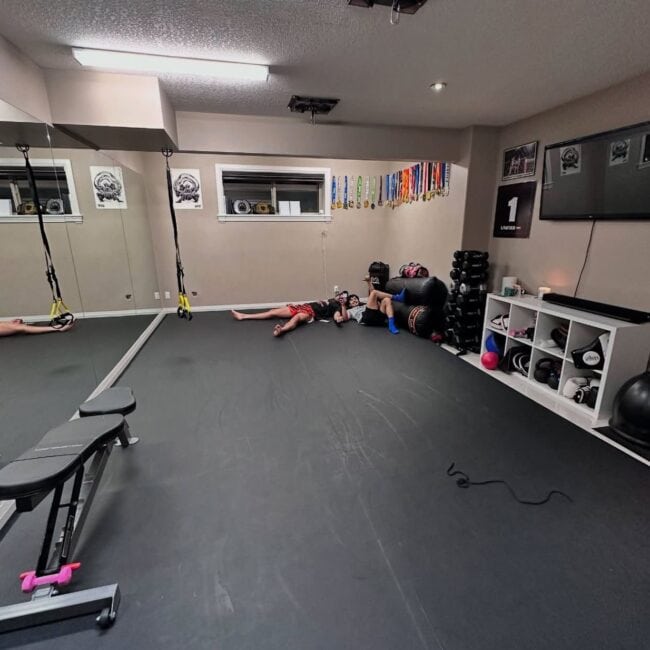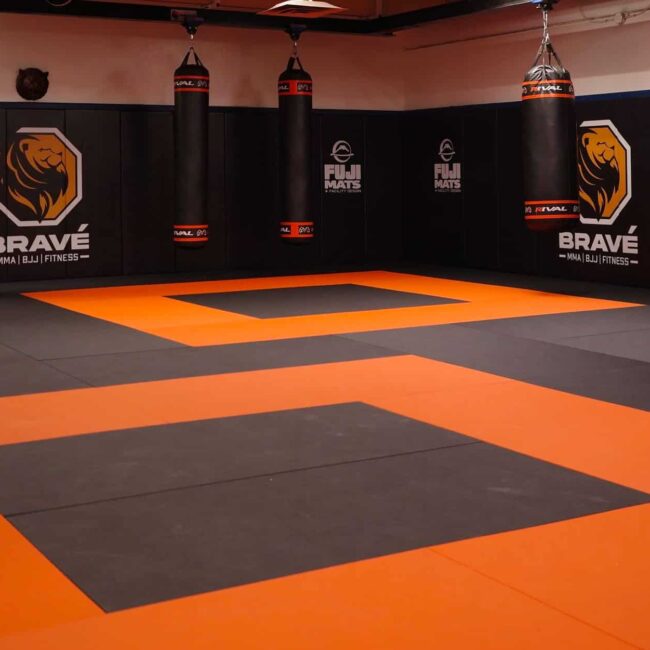In martial arts, there’s a kind of unspoken glory in pushing through injuries. The “tough it out” mentality is celebrated—sometimes even idolized. And in the right context, that mindset is necessary. If you’re a professional athlete in a high-stakes fight—one where you’re facing an opponent who matches you in every way, and the outcome may depend on who can endure more—then yes, you may have to push through pain. You might be fighting with a torn muscle, a broken hand, or on a compromised leg, and the ability to endure could be the deciding factor. That’s part of what makes combat sports beautiful and brutal.
But that’s the competitive stage—not the developmental one.
For young athletes who are still growing, still learning, still building the foundation of their careers, the mindset must shift. Their goal should not be to push through every tweak and strain. Their focus should be on building resilient, efficient bodies, and mastering technique so that they can avoid injuries before they happen. If pain becomes a constant in your training, something is off.
The Race Car Analogy
Imagine a race car. In a high-stakes race, you might push a damaged car to the finish line, knowing it won’t last another lap—but you just need it to hold together for a few more minutes.
But in training? That’s a different story. No mechanic would keep sending a car onto the track if it’s burning oil, missing bolts, or misaligned. You stop. You assess. You fix. You invest the time to understand the problem, so it doesn’t show up again in the middle of a real race.
The human body is no different. Training through injuries without understanding the root cause is short-sighted. You’re not just reinforcing bad patterns—you’re risking long-term damage.
Repetitive Injuries: A Red Flag, Not a Badge of Honor
When the same injury shows up over and over again—same knee, same shoulder, same rib—it’s no longer “bad luck.” That’s your body telling you something loud and clear.
You need to ask:
• What’s causing this?
• What part of my movement, training structure, or recovery is contributing to it?
• Is this a result of improper technique? Overtraining? Weakness or imbalance somewhere else?
Dig into it. Talk to your coach, your physio, your strength & conditioning coach. Do the mobility work. Fix the mechanics. Build the structure around the injury to support it. Get smarter, not just tougher.
Toughness vs. Wisdom
True toughness isn’t ignoring injuries—it’s doing the hard, boring, consistent work to come back better. It’s knowing when to grit your teeth and push through, and when to hit pause and problem-solve.
Coaches and athletes need to foster a culture where health and performance go hand in hand, not in opposition. Because if you’re constantly sidelined or plateauing because you never took the time to heal, you’re not progressing—you’re just surviving.

